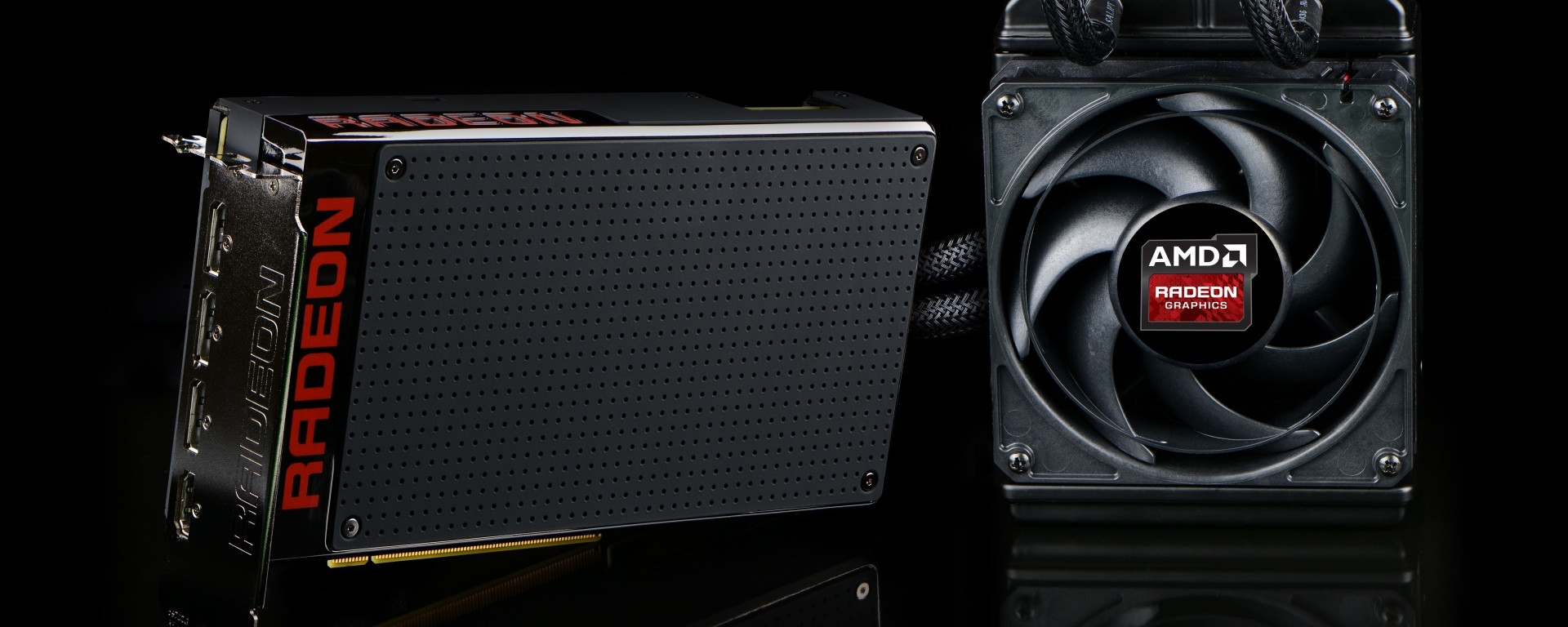Conclusion: Fiji delivers, but also faces formidable competition
Unfortunately we are bringing you our Radeon R9 Fury X review a week late. AMD had limited samples ready for the release and only one card was allocated for Australian media. AMD was willing to help us out by buying a Fury X locally for us to test, so a big thanks to the company for that.
The R9 Fury X is now on sale and while most retailers have been able to meet the $650 MSRP, major stores including Newegg are fresh out of stock at this point so getting your hands on a Fury X might be challenging.
AMD's $650 asking price seems reasonable considering it's the same as Nvidia's GeForce GTX 980 Ti, the Fury X's primary competition. The two cards offer similar performance: at 1600p the Fury X was just 5% slower on average, while it was just 1% faster at 4K. There's not even a big difference in power consumption this time around.
Looking at the 4K results, the Fury X enjoyed big wins in Far Cry 4 and Civilization: Beyond Earth along with doing well in Sleeping Dogs and Thief. It only really stumbled in Tomb Raider (TressFX Disabled), Battlefield Hardline and Dragon Age: Inquisition.
It's also worth highlighting that the Fury X was 23% faster than the R9 390X at 1600p and 27% faster at 4K, in addition to being 17% faster than the GTX 980 at 1600p and 27% faster at 4K. However, the Fury X was 21% slower than the R9 295X2 at 1600p and 23% slower at 4K.
The biggest differences between the Fury X and GTX 980 Ti show in cooling and overclocking.
When it comes to overclocking, the Fury X offers almost no headroom. The HBM can't be overclocked at all, though doing so wouldn't boost performance anyway as the GPU is far from memory bound. Core overclocking would be quite beneficial but again there just isn't much headroom. The core on our sample would only go 60MHz higher, which yielded just an extra frame or two. Looking around the net, it seems most were able to push the core anywhere between 50-80MHz, so our result is fairly typical.
In comparison, the core clock of our GTX 980 Ti sample can be pushed by 25%, netting up to 20% more performance in games. This resulted in 12fps more in Tomb Raider at 4K, 6fps more in Thief and a much needed 5fps more in Crysis 3. So if you want to overclock, the GTX 980 Ti's capabilities in this department should be awfully tempting.
There is one problem with our GTX 980 Ti reference: it runs extremely hot even before any overclocking takes place. Fortunately, you can now buy custom GTX 980 Ti cards from the likes of Gigabyte, MSI, Evga and Zotac. Gigabyte's G1 Gaming GTX 980 Ti for example runs almost completely silent when gaming thanks to the massive WindForce 3X cooler.
The downside being how large the card is, measuring 11.6" long – 55% longer than the Fury X. This limits where you can fit the GTX 980 Ti, while the Fury X will sit comfortable in a Mini-ITX case that supports 120mm radiators.
You can look at the fact that the Fury X requires a closed loop cooler as either a negative or a positive but we lean toward the latter considering it means the card will run no hotter than 52 degrees while remaining nearly silent when gaming. To get a similar package with the GTX 980 Ti you'd have to buy the Evga GTX 980 Ti Hybrid for $770, considerably more than the Fury X.
The Fury X would have been a slam dunk for AMD if it had been a better overclocker, but as it stands picking between the Fury X and the GTX 980 Ti is no easy task. For whatever it's worth, the Fury X is a more exciting product to us with its HBM technology enabling a super compact design. We can't wait to see what other Fiji products AMD has in the works.
Pros: Performance is competitive with the GTX 980 Ti and AMD's HBM allows for a compact design that runs exceptionally cool and quiet with the bundled liquid cooler.
Cons: Being out of stock online might be the Fury X's biggest obstacle, though the GTX 980 Ti is a better value in raw price vs. performance, especially if you overclock.

